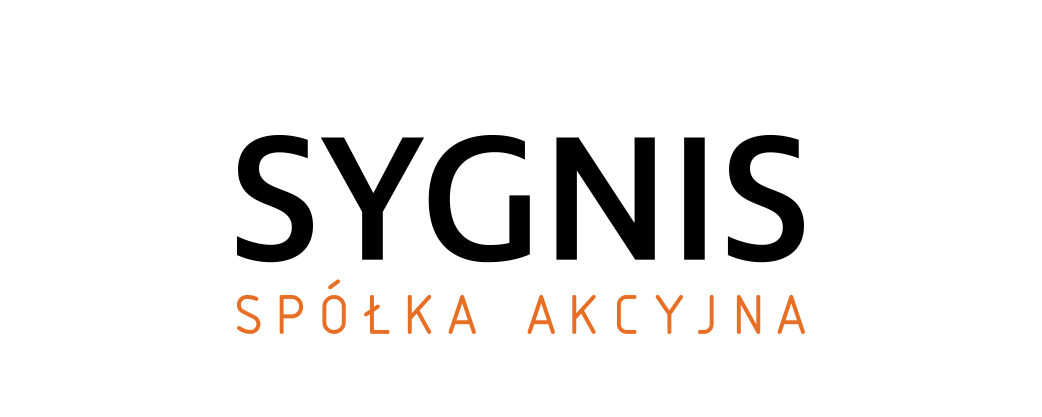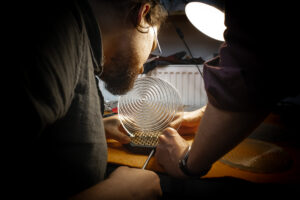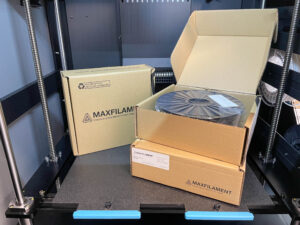It’s commonly known that additive technologies deliver many solutions not only in industry sector, but also in many other areas of industry and science. Today, we present a unique project in the field of history and renovation. Thanks to 3D printing, we could produce ideal replica of the Order of the John III Sobieski and the Order of Immaculate Conception of the Holy Virgin Mary – the first true replicas after nearly 300 years! Sygnis New Technologies, on behalf of the Order of John III Sobieski Foundation, designed and produced high quality copies of those two Orders.
Based on earlier graphic projects presented by the Foundation and the only preserved originals, Sygnis New Technologies first created digital 3D models in full and trim versions. Additionally, the Order’s chains and decorative elements, known from the original versions, were also fully recreated. After the procedure of rapid prototyping, the Orders were eventually recreated with metal casting technology. It was the one-and-only recreation of that kind in the history of Polish orders, emblems and heraldic decorations. These specific projects were recreated for the first time in 300 years.
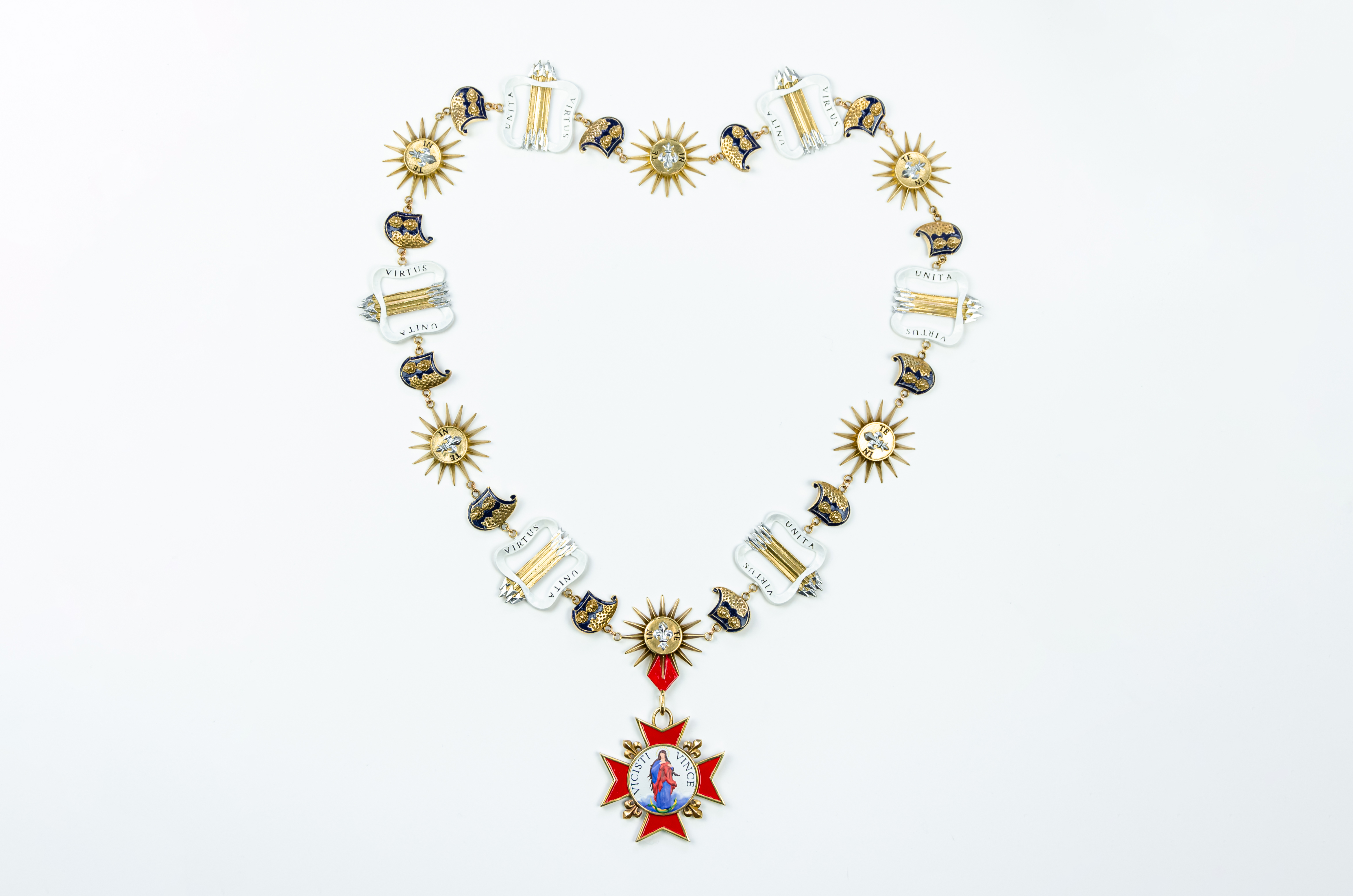
The Order of history
The creator of the Orders was king John III Sobieski. First Order, which was named after the king himself, is a unique artifact, due to its mysterious and not well-known origins. The only preserved copy of the Order is still in Dominik Radziwiłł’s prince collection in the State Hermitage Museum in Saint Petersburg, Russia. According to the fact that it was being kept in John III Sobieski’s collection, the popularity of the specific description at the back of the cross and the characteristic coat of arms of Sobieski family at the reverse, it is assumed that this was the one and only copy created for the king himself.
The idea for the second Order – the Order of Immaculate Conception of the Holy Virgin Mary – was brought forth before the king Wladyslaw IV from the House of Vasa by his own Court Treasurer of the Crown, Jerzy Ossoliński. The Pope Urban VIII on 5th of July, 1634, published Papal bull, which had approved the Order’s funding. Polish nobility opposed the king’s and Pope’s decision and as a result the Order was never released in common use in I Republic of Poland.
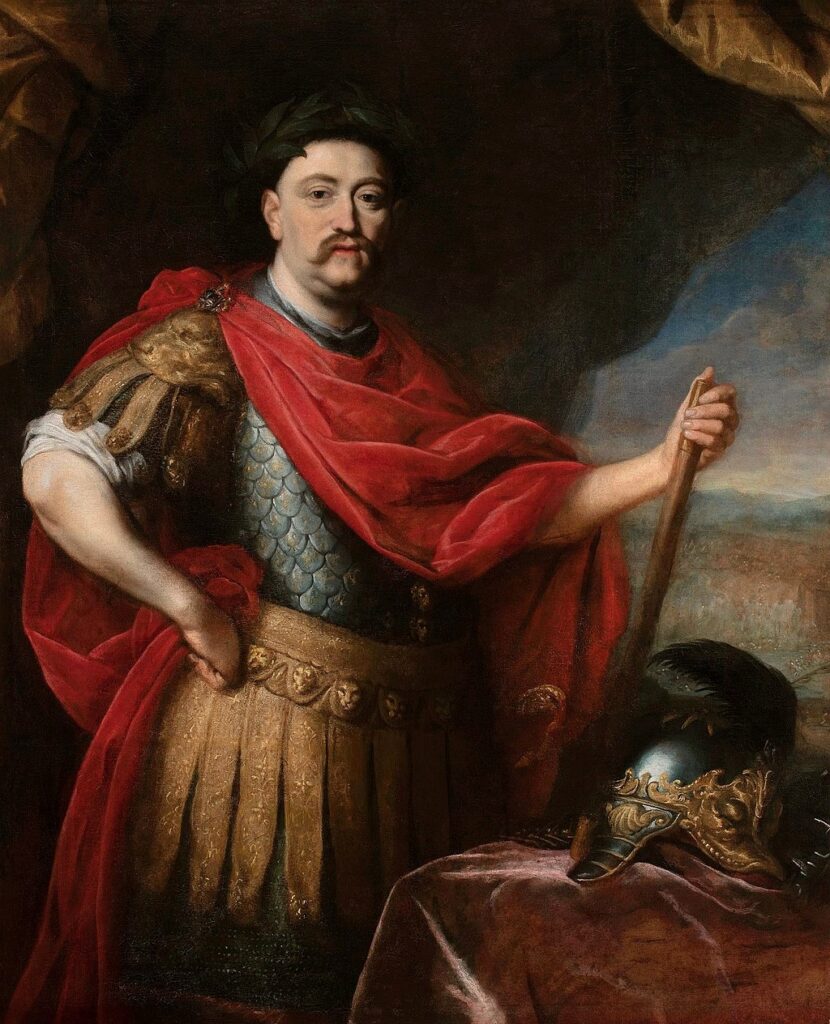
Source: Wikipedia Commons
Bring back the Order
The first stage of restoration was achieved by creating digital 3D models by Sygnis’s designer, Maciej Głowacki. Models were based on sketches delivered by the Foundation. Therefore, the engineering team made both sides of the Order in full and trim versions, along with the order chains parts.
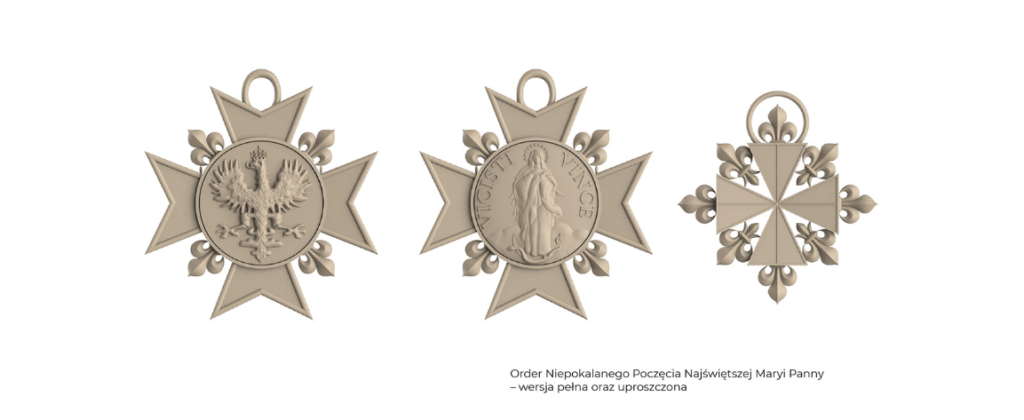
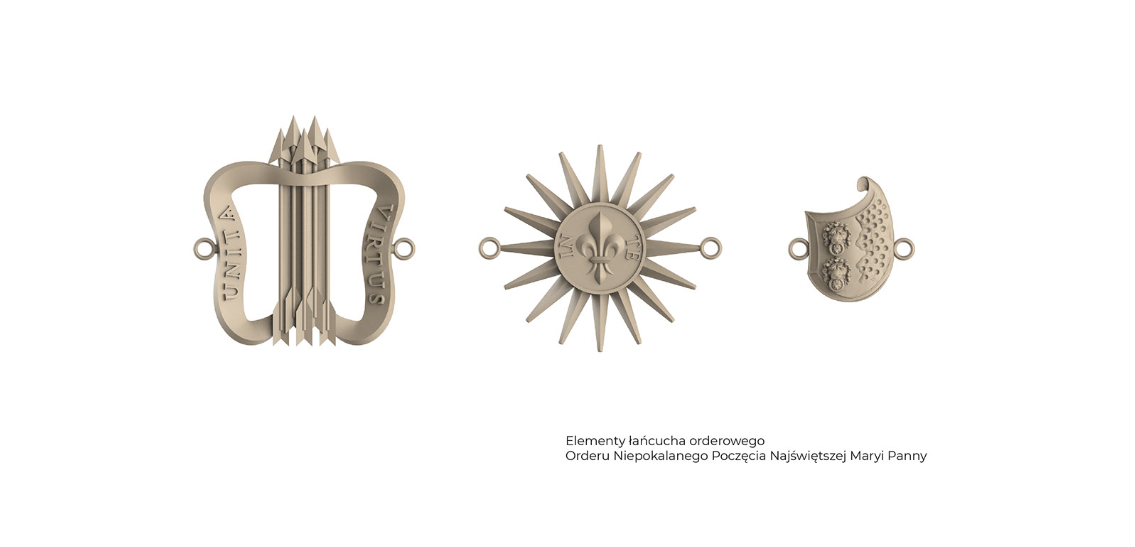
Next stage was 3D printing in Digital Light Processing technology. During this process, the (liquid) photopolymer resin is cured (solidified) under a light source. The advantage of this technique is enormous precision of printing, accurate to tens of microns which allows the reconstruction of even the smallest details of the digital model.
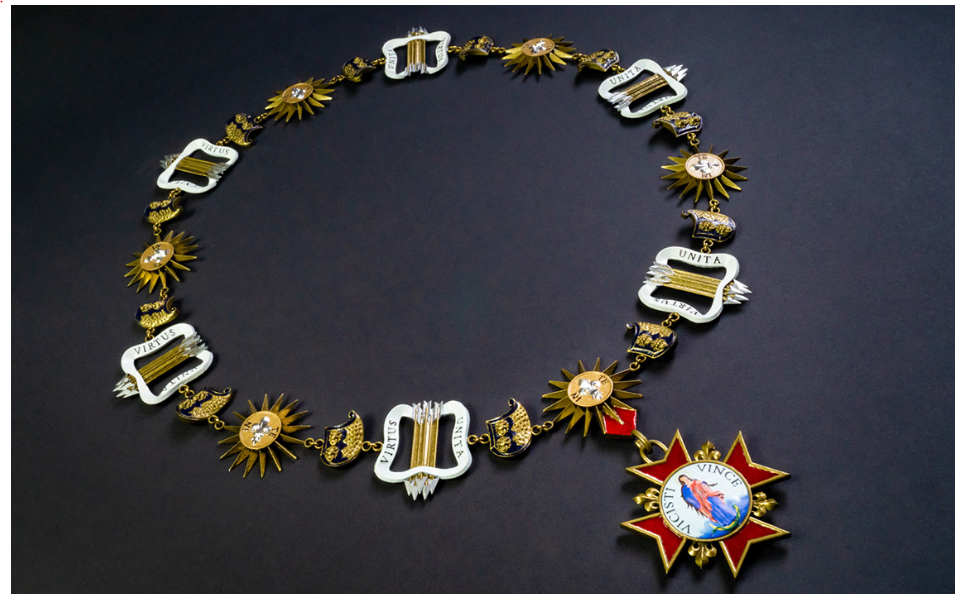
The final touch
The last stage of work was casting the Orders in brass. Physical model made in DLP technique was the matrix for the casting process. Some parts of the Orders were also silver plated. All of the elements were hand-painted. One fully cast item weighed almost 200 grams.
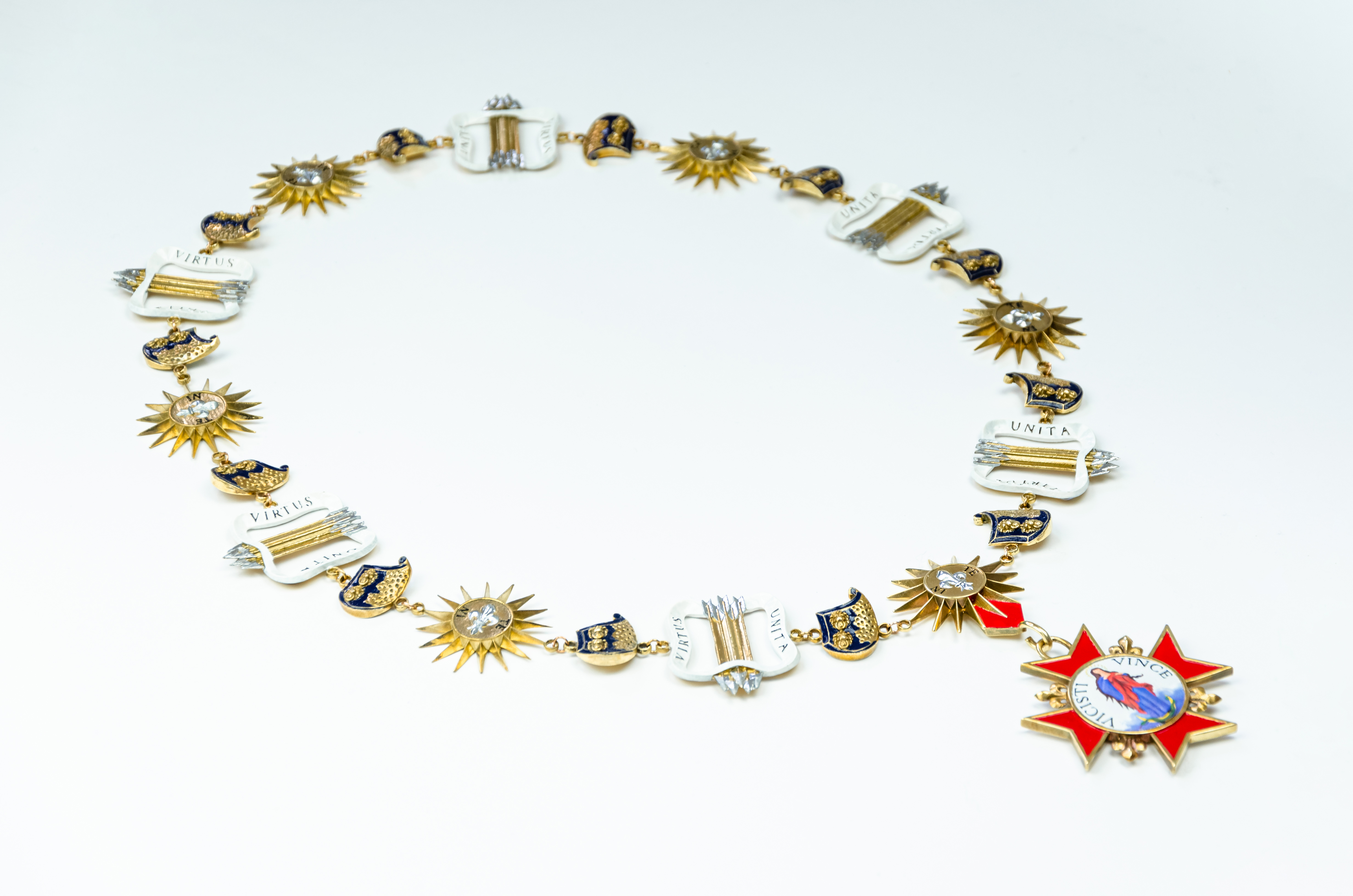
After the project’s completion, the Orders were transported to the Foundation of the Order of John III Sobieski. Sygnis New Technologies took care of the task in a complex way – from research, throughout creating the digital models, 3D printing, metal casting, to final step of hand-painting. This is yet the second case of successful item restoration carried out by Sygnis’s engineers. First one took place in 2019 and concerned the restoration of the lost golden medal of one of Polish female basketball players.



